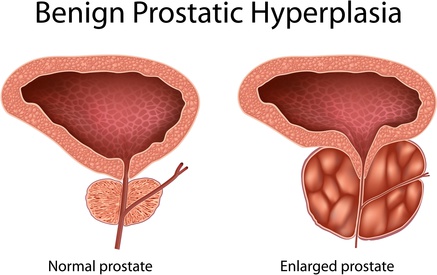Tadalafil improves erectile dysfunction and benign prostatic hyperplasia symptoms in four out of ten men

Latest findings show that after 12 weeks of treatment with tadalafil, around 40% of men show improvement in both erectile dysfunction (ED) and lower urinary tract symptoms linked with benign prostatic hyperplasia (LUTS/BPH).
Dr. Claus Roehrborn of New England Research Institutes, Inc., in Watertown, Massachusetts, and co-workers note in their report, online February 11 in BJU International that ED and LUTS/BPH are common complaints in older men and around 70% of males with LUTS/BPH also complain of erectile dysfunction.
Studies conducted by researchers go on to show that tadafil is effective as a treatment choice for improving either ED or LUTS/BPH or treating both conditions together. However, they also say that, “The proportion of tadalafil-treated patients who reach an improvement in symptoms for both ED and LUTS/BPH has not been investigated."
The data was obtained from 927 men who were 45 and older. These men were randomized to 5mg tadalafil or a placebo in one of four LUTS/BPH clinical trials. Combined responders were defined as men who showed betterment in both the International Index of Erectile Function-Erectile Function domain score (IIEF-EF) and the total International Prostate Symptom Score (IPSS).
The results showed that 40.5% were combined responders among the men on tadalafil versus only 18.3% of the men on the placebo.
The worst baseline dysfunction was reported by the combined responders. A significant association was found between responder status and treatment, baseline IPSS, baseline IIEF-EF, obesity and use of psychoactive medications. Men taking active treatment had 2.8 times higher adjusted odds of being combined responders.
Combined responders had the worst baseline dysfunction. Treatment, baseline IPSS, baseline IIEF-EF, obesity and use of psychoactive medications were significantly associated with responder status. The men on active treatment had 2.8 times higher adjusted odds of being combined responders. Each unit reduction in IIEF-EF score and unit reduction in weekly alcohol consumption was associated with a 4% increase of adjusted odds of being a combined responder.
Therefore, the authors have concluded that," this combined responder measure may be useful in future assessment of treatment benefits across patient groups after various types of treatment intervention, (e.g. surgical vs pharmacotherapy vs non-pharmacological intervention."
Dr.Roehrborn is one among the authors of this study and he is an employee of Eli Lilly and company, the makers of tadalafil. The study was funded by Eli Lilly, USA and Dr.Roehrborn was reportedly compensated for his part in the study. He was not available for an interview before this went to press.
